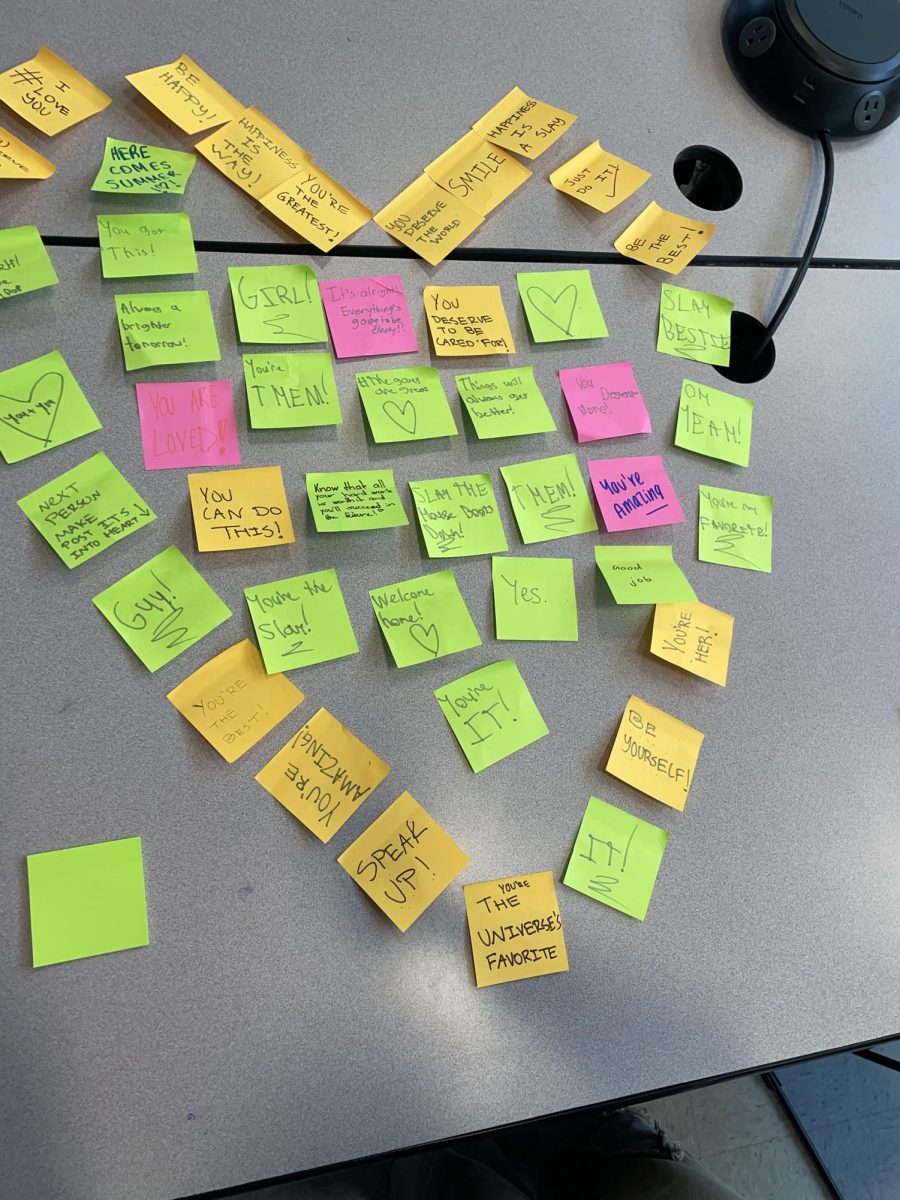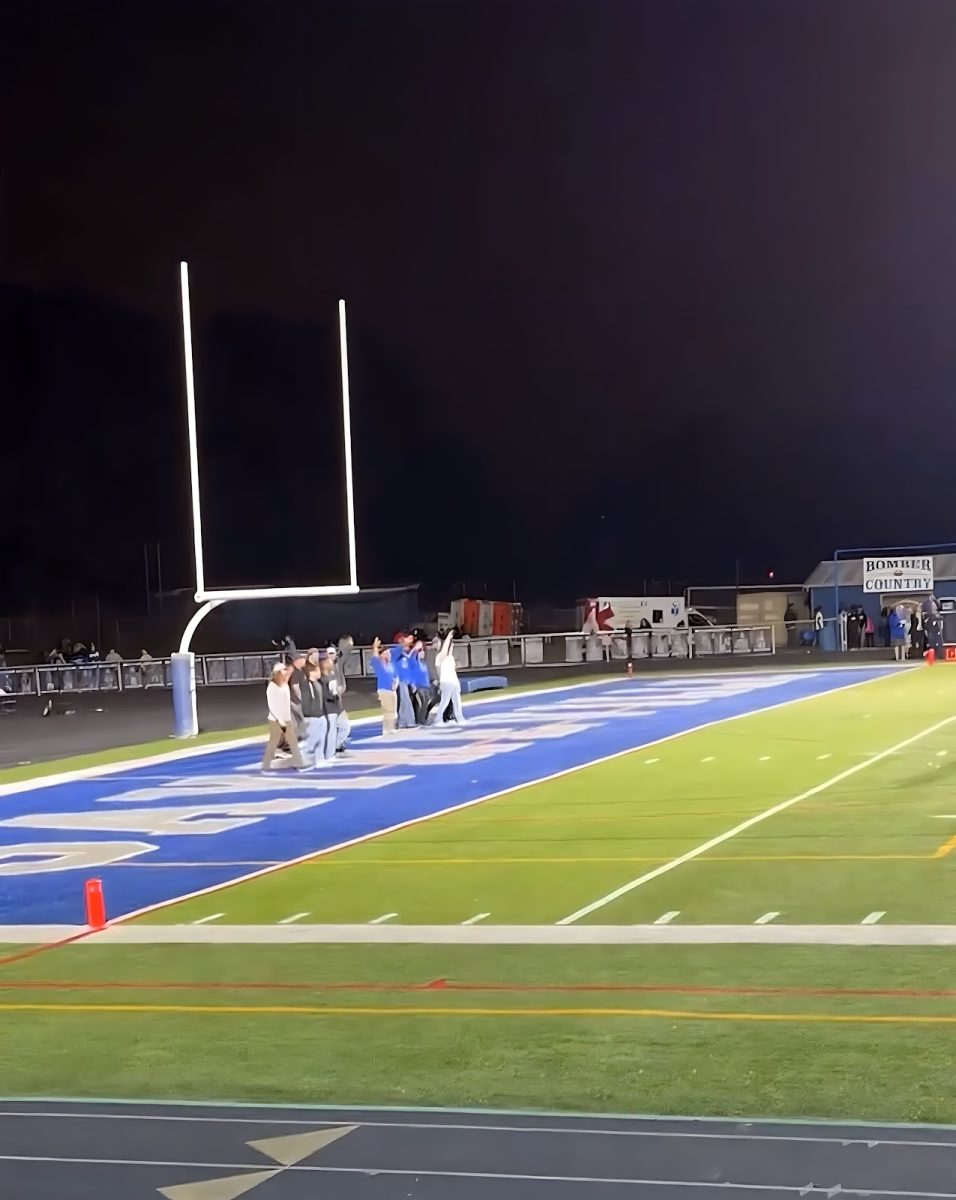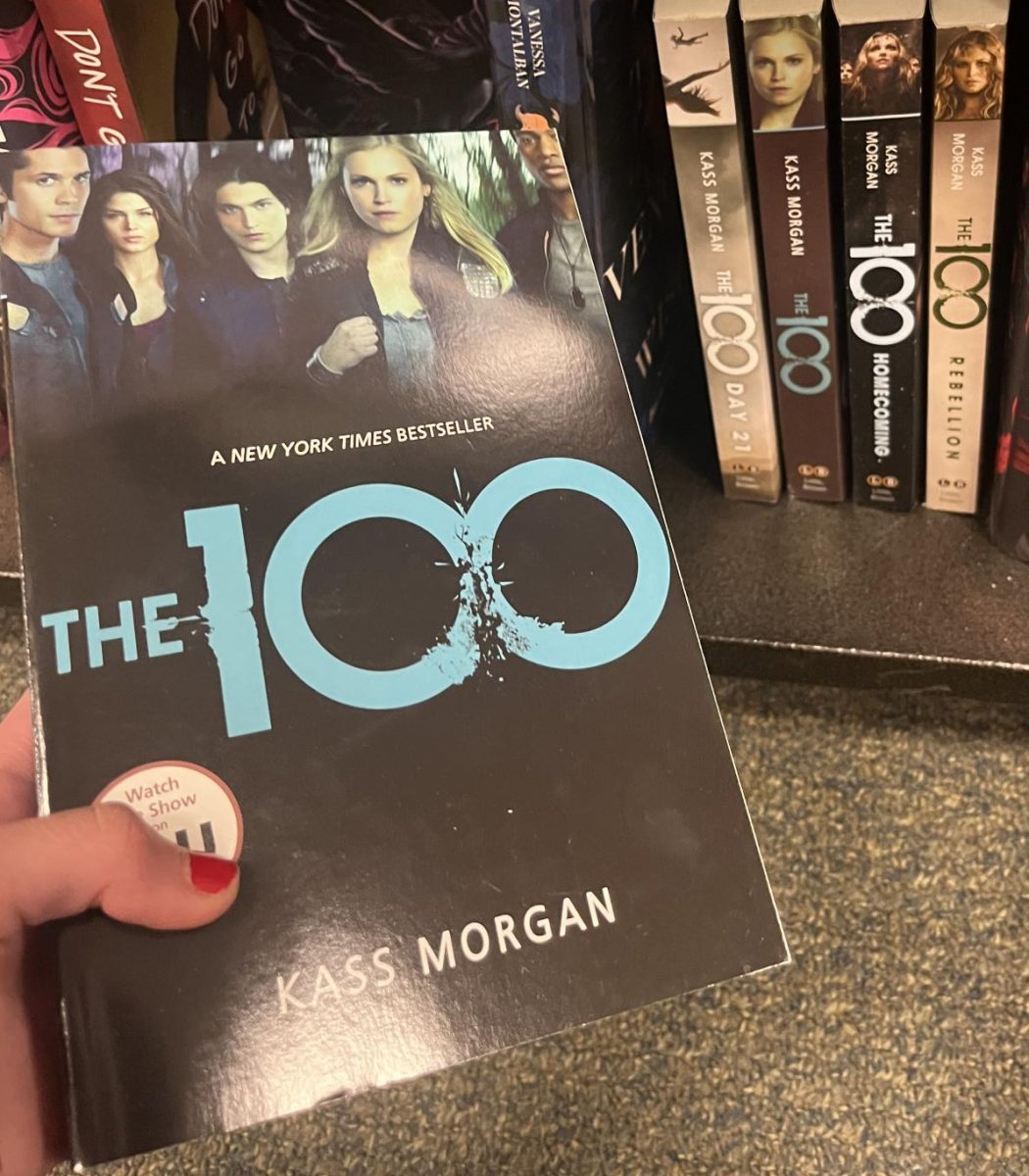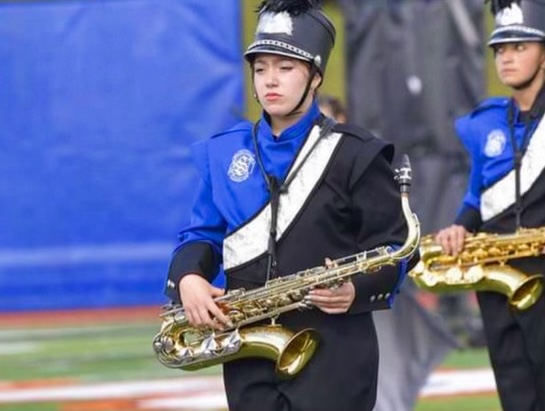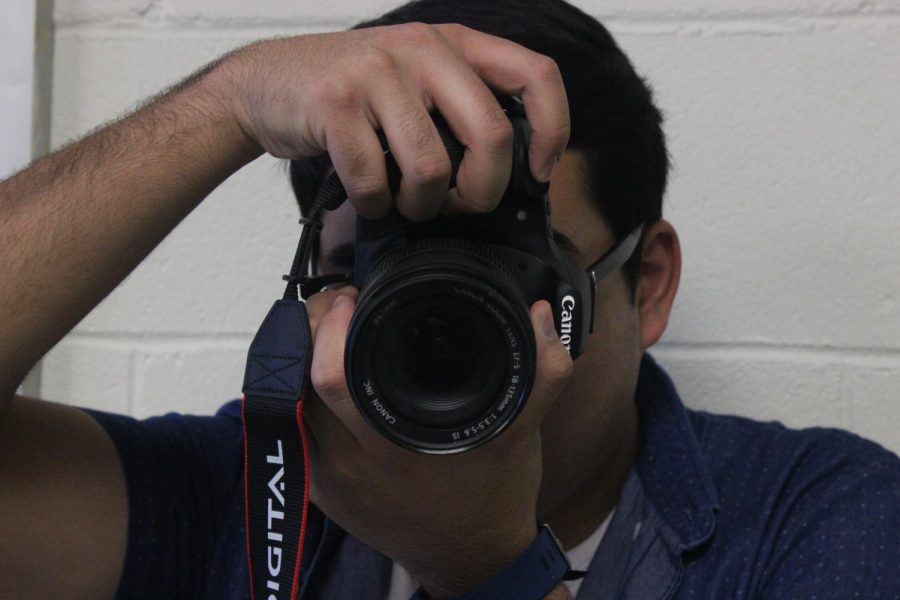Becoming a Better Photographer: Understanding A Photo’s Exposure
April 13, 2018
Photography is an art, capturing the attentions of millions through a breathtaking view of the Manhattan skyline and puzzling others with confusing perspectives and hidden messages. Although it may seem near impossible to take such stunning photos at first, learning the art of the photograph is simpler than most people think. Armed with a basic knowledge of cameras, a DSLR camera, and boundless inspiration, anyone can become a worthy photographer. The biggest part of a photo is its exposure, and that can make the difference between a mediocre and outstanding shot.
In every shot, there are three settings which affect the exposure of a photo (what it looks like): ISO, shutter speed, and aperture. Each one affects a different part of the picture, and finding the perfect balance in each and every setting is crucial to photography.
ISO determines how bright a photo will be. Increasing the ISO will lead to a more sensitive sensor in the camera, upping the brightness. Conversely, reducing ISO will cause a less sensitive sensor in the camera, darkening the image.
Shutter speed is the amount of time that the camera’s shutter opens to let in light. Usually measured in seconds, shutter speeds can range from many seconds, to a thousandth of a second. Generally, a higher shutter speed will make the difference between a blurry image and a perfect still.
Keeping shutter speed low is better for action shots, where the subject is constantly moving, and extremely bright days, when more light hits the camera than normal. However, a high shutter speed will grant you the ability to capture nighttime or low light photos, such as the stunning nighttime exposures of heavenly bodies.
Aperture affects how much light enters the camera. Generally, raising the aperture makes the opening of the camera wider, accepting more light. However, lowering the aperture will do the opposite, making it smaller, causing it to accept less light.
Lighting is one of the most important concepts of photography, and can often make or break a photo. However, even photos in the dark night or bright sunny day can come out clear, as long as the settings that affect exposure are changed. Taking a photo in the dark? Raising the shutter speed and ISO can cause the scene to come out as clear as day.
Becoming a photographer may seem hard, but with the proper know-how and equipment, even you can becoming skilled in this art!


